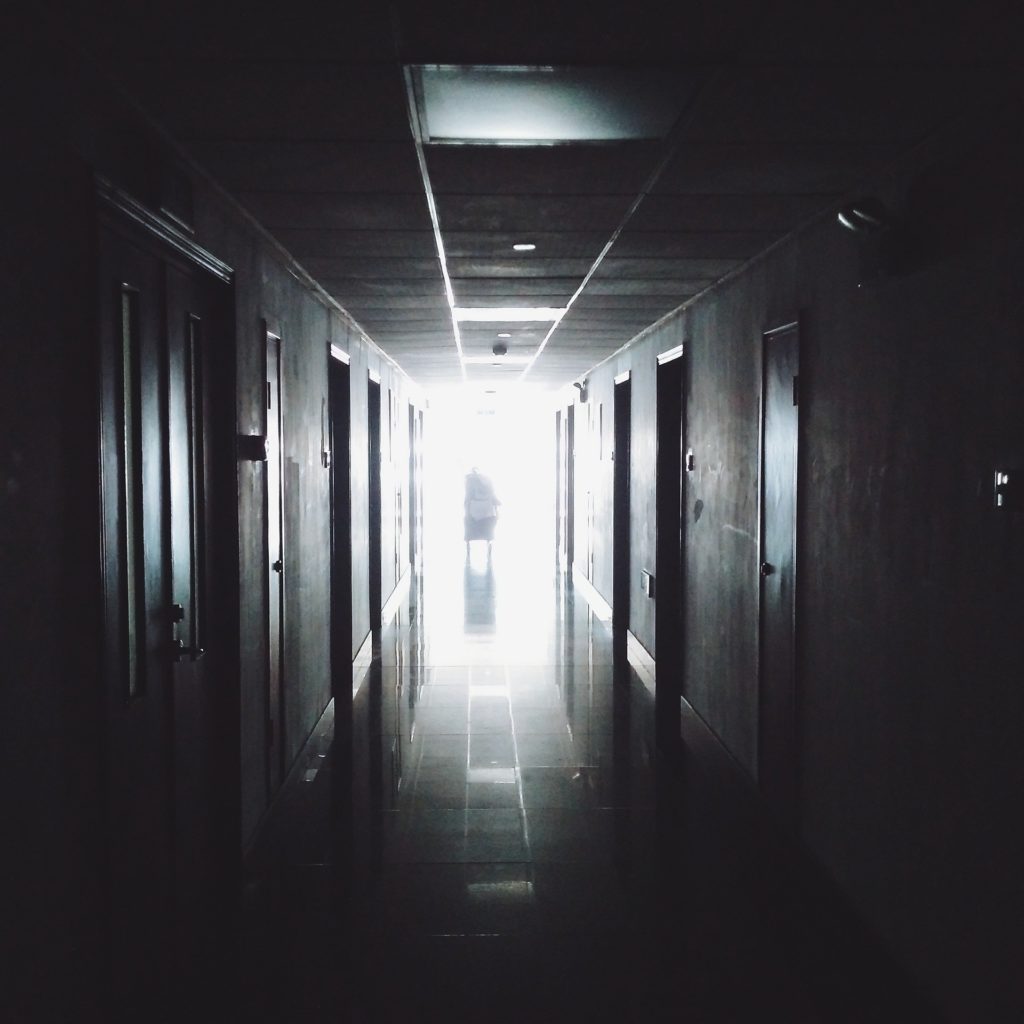Nearly two years of brutal workforce pressures have led Universal Health Services Inc. (NYSE: UHS) to restructure its behavioral health patient care models to be less reliant on registered nurses.
UHS CFO Steve Filton said the King of Prussia, Pennsylvania-based acute care and behavioral care company is finding state regulators receptive as it seeks clearance to make clinical changes within its behavioral health segment.
That receptivity will likely continue “to the degree that the pandemic continues to have a more omnipresent, sort of, effect on the regulatory environment,” Filton said at a virtual appearance during Stephens Inc.’s 23rd Annual Investment Conference.
“The alternative … is, if you don’t change it, if you don’t give us some relief on the RN staffing model, patients are going to go untreated: I mean, that’s really the equation here,” Filton said. “We’re finding at least initially some receptivity on the part of regulators and policymakers to be open to these kinds of changes [where] maybe historically they haven’t.”
Partially driving the redesign is the trend of massive wage increases in contract acute care nursing work continuing to pull RNs to staffing agencies. UHS is retooling its care models to rely more heavily on care providers with lower levels of degree attainment or nonclinical staff. Filton maintains that hiring and retaining licensed practical nurses, certified nursing assistants and non-clinical staffers will be easier.
UHS’ behavioral health segment has felt the pain of staffing shortages so acutely in recent months that it had to turn away patients while the company’s acute care business has continued to improve financially.
The company’s behavioral health business — which includes 333 behavioral health facilities — sees an inverse correlation between staffing challenges and levels of COVID-19 infections in its markets: When COVID levels increase, UHS’ ability to fill staffing vacancies goes down, Filton said.
He pointed out that labor pressures alleviated somewhat in the second quarter of the year when COVID infection levels dropped steeply. The company was ahead of analysts’ earnings estimates when infection rates dropped. Filton previously said as much during the company’s second-quarter earnings conference call.
Other sub-acute health care industries are losing nurses to the acute care setting where they can make multiples of their salary as a permanent employee if they are willing to travel for staffing agency work, according to Filton. UHS is somewhat helpless to fight that trend, he said.
“As long as the nurse is willing to do that, there’s really not much that we can do in terms of an effective countermeasure to offset that,” Filton said. “So at one level, what I described as sort of a temporary level, we just have to wait for those COVID volumes to ease and we’re certainly doing that.”
But the pressure to meet growing demand pushes UHS to do more than wait — hence the changes they are seeking to make to its care models.
UHS has seen demand increase to 15% to 20% higher than pre-pandemic levels, based on internal data such as inbound inquiry volumes. Pointing to pre-pandemic macro-level data, Filton said that mental health issues were on the rise. A research brief from the Kaiser Family Foundation finds that 1 in 5 adults in the U.S. had a mental illness and about 1 in 10 suffered from anxiety or depression.
“I think it continues to be high because behavioral demand had been on a sort of steadily increasing trajectory, regardless of the pandemic,” Filton said. “What’s probably been the primary topic of conversations in the last 20 months is our ability to meet that demand has been hampered by, mostly, our ability to fill all the vacancies that we have.”



